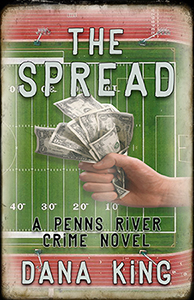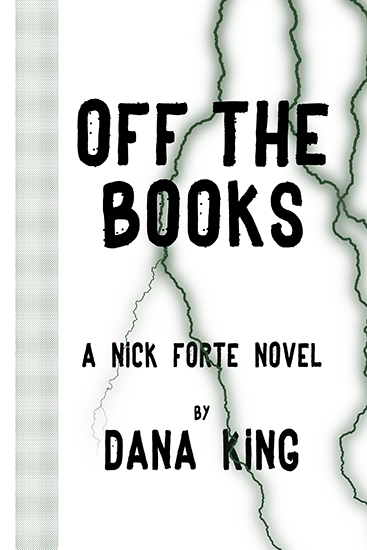My introduction to the publishing industry came through
reviewing books for the New Mystery Reader web site. I’d won an advanced
reader’s copy of Elmore Leonard’s The Hot Kid in a contest run by
HarperCollins, on the condition I write a review for them. I forwarded the result
to Stephanie Padilla, the editor of NMR. She liked it enough to bring me on
board. Thank you, Stephanie. Everything that happened since is your fault. 😊
I’d
never done reviews before, so I did some research into what should be in them.
The best advice I found was that a review should tell a prospective reader if
the book passes the $25 test. (Of course it’s more now.) The reviewer’s primary
job is to help readers decide if the book is worth spending their money, and
time, on. (I wish I remembered who said that, but it was a long time ago and
I’m old. In fact, today I’m officially older than I was yesterday. I better go
lie down.)
Okay, I’m back. Keeping the “Twenty-five Dollar Rule” in
mind, what should be in a review? As you might expect, I have ideas.
First, a brief synopsis of the story. Very brief. Do not
divulge any plot twists or too much about the characters; “no spoilers”
doesn’t apply only to the end of a book. There are many things that happen
along the way readers should be able to enjoy without knowing they’re coming.
That’s why I generally don’t read the back covers of books. Many
years ago my eyes accidentally came to rest on the back cover of Scott
Phillips’s excellent novel Cottonwood, where I learned what was going to
happen in the next chapter. It was something I never would have expected; now
it was ruined. Don’t tell any more about the story than you have to for readers
to know what kind of book it is. It’s a review, not a book report.
Brief excerpts are fine, so long as they don’t spoil
anything. It can come in handy to give readers an example of something you
particularly liked, or disliked. It allows them to make up their own minds
should their tastes and yours not coincide.
This is especially true if you’re inclined to talk about the
quality of the writing. I focus on this when I still do the occasional review,
as I read less for the story than for how well it’s told. I enjoy a decent
story that’s well-written far more than a fantastic story told to ham-handedly.
(Of course, there are limits to how bad the story can be.)
You can also do prospective readers a favor by breaking down
the craft for them a little. How dialog-heavy is the book? How good is the
dialog? How much description is there? How good is it? Are the characters well
drawn? What’s the pace? How much disbelief needs to be suspended, and how
often? How much internal dialog is there? Is it used effectively? How violent
is the book? How funny? Is it truly funny, or is the author merely trying to be
funny? How tight is the writing?
I could go on, but you get the point. A proper review should
not be a few paragraphs of story summary followed by one about whether you
liked the book. Readers deserve more. (And less, when potential spoilers are
involved.) We’ve all seen movie trailers that ruined the movie because they gave
too much away. Don’t do that with your review.


No comments:
Post a Comment